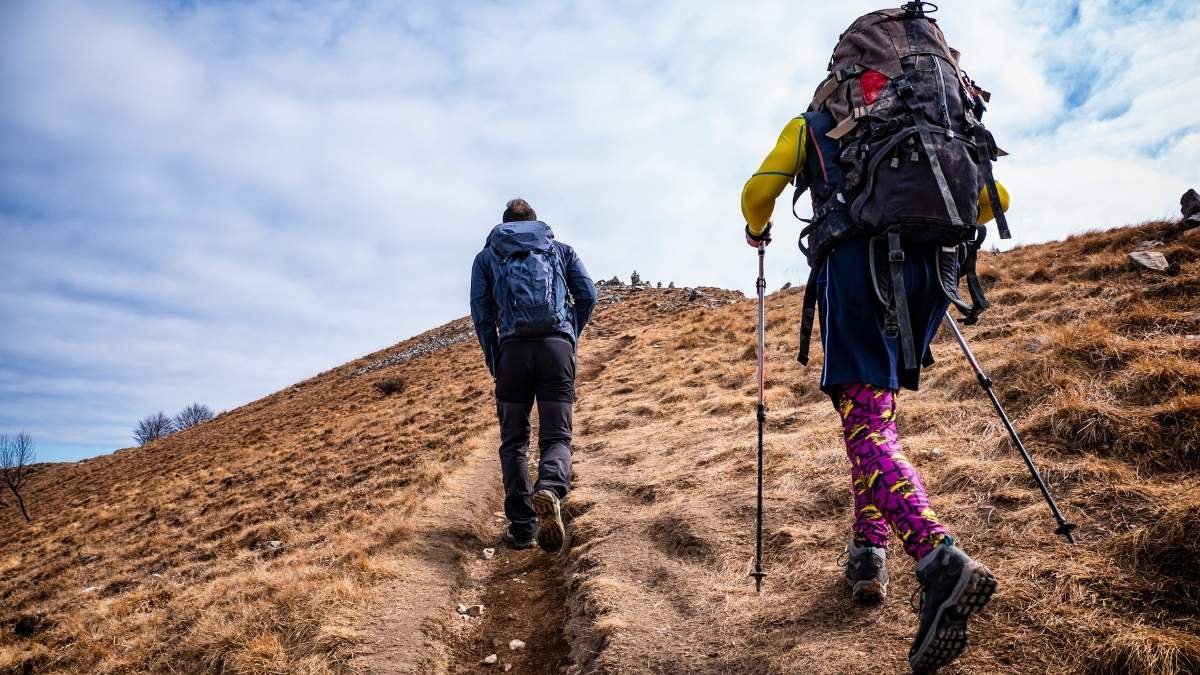The most comfortable t-shirt in your wardrobe has a dark secret: on the trail, it becomes a deadly liability. Most closets are filled with cotton for a reason—it’s the king of casual comfort. But that familiar softness is a mask for a fatal flaw.
Once wet from sweat or a sudden shower, cotton transforms. It stops insulating and starts actively draining your body of its life-sustaining heat.
The stark warning from Search & Rescue, “Cotton Kills,” isn’t just an old saying; it’s a field-proven reality from teams who witness the tragic outcomes firsthand.
This guide decodes the science behind the danger and equips you with the fail-safe layering knowledge to ensure every adventure ends safely.
Why Cotton Kills: SAR Explains Hiking Dangers
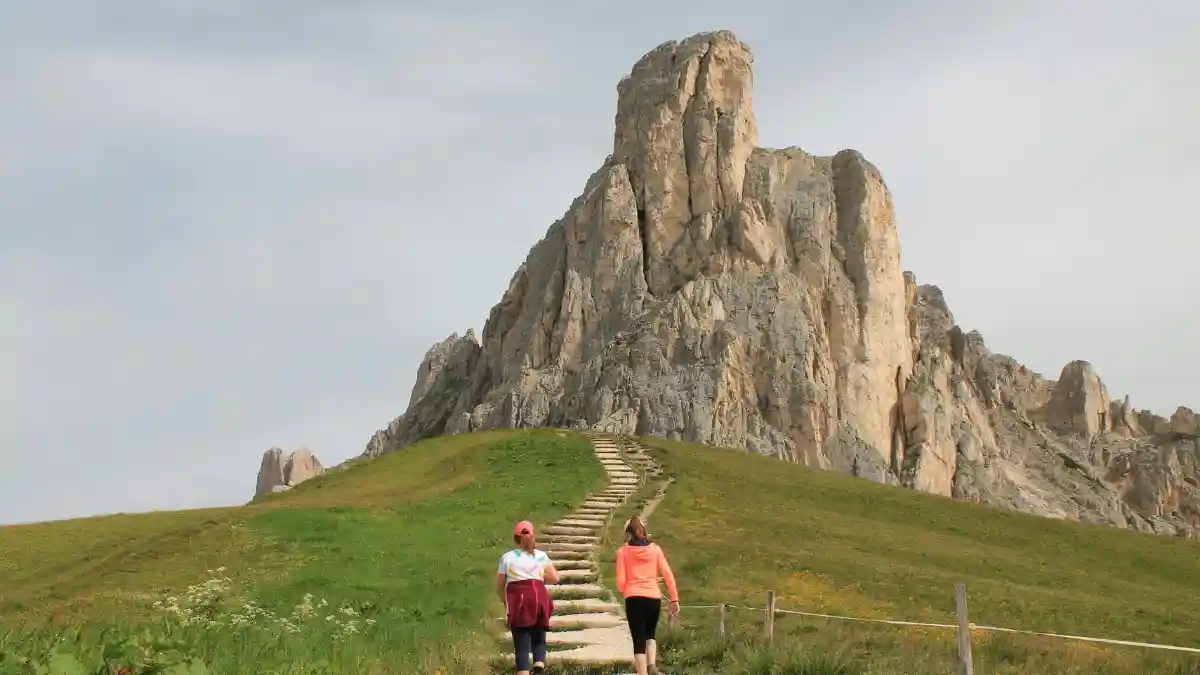
The sunny afternoon hike takes an unexpected turn. A sudden downpour, a wrong turn, and as the temperature drops, the comfortable cotton t-shirt you started in becomes a cold, heavy shroud, actively pulling heat from your body.
This scenario is far more common than you might realize and highlights a critical safety rule many people overlook.
Most of our closets are filled with cotton, a fabric we love for its softness and comfort in daily life.
On the trail, however, these same properties make it a huge problem. When wet from rain or even your own sweat, cotton transforms from a friend to a foe. It sets the stage for a dangerous medical emergency: hypothermia.
This guide will explain the science behind the stark warning from Search & Rescue (SAR) teams—”Cotton Kills”—and show why the dangers of wearing cotton hiking are so severe.
You will learn not just what to avoid, but how to build a safe and effective clothing system to make sure every adventure ends safely.
The saying cotton kills hiking is not an exaggeration; it’s a field-tested reality that every outdoor enthusiast must understand.
The Science Behind the Warning: Why Your T-Shirt Becomes a Liability
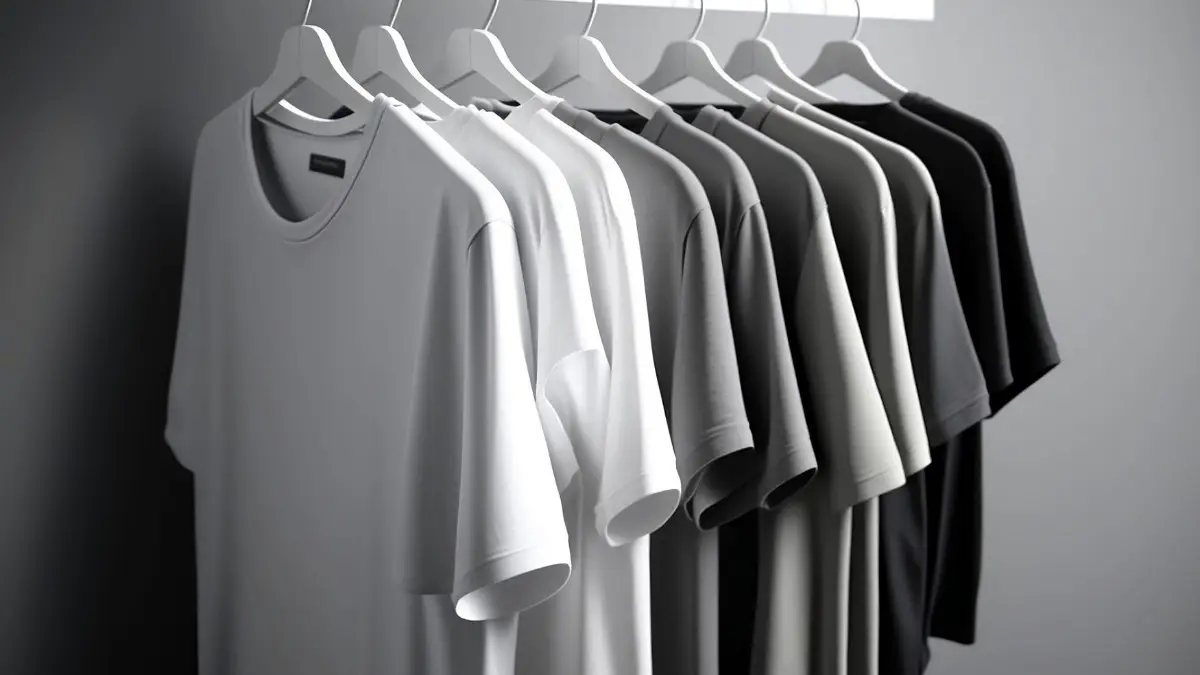
At home, cotton is king. It’s soft, breathable, and comfortable. But the very properties that make it an everyday favorite are what make it a liability on the trail. It all comes down to how cotton handles water.
At a molecular level, cotton is fundamentally unsuited for most outdoor conditions. The fabric is “hydrophilic,” a scientific term meaning it loves to absorb and hold water.
The fibers are made of cellulose, a plant material whose structure forms powerful bonds with water molecules.
This turns a cotton garment into a “moisture magnet” or a high-capacity sponge.
This isn’t a small detail. A cotton garment can absorb and hold up to 27 times its own weight in water.
This has two immediate negative effects for a hiker: the clothing gets incredibly heavy, making you tired, and it refuses to dry out, clinging to your skin for a long time.
The real danger of a wet cotton garment is how it transfers heat. Your body stays warm by heating a thin layer of air trapped by your clothing. When that clothing is dry, air is a great insulator.
But when cotton gets soaked, that protective layer of air is replaced by water—a material that moves heat very efficiently. This starts a process called “conductive heat loss,” where your body heat is pulled away from your skin at an alarming rate.
The numbers are shocking: wet cotton pulls heat away from your body up to 25 times faster than dry air.
Your wet shirt is no longer insulating you; it’s actively cooling you down. When dry, the tiny air pockets between cotton fibers keep you warm. Once wet, these pockets collapse and fill with water, causing the fabric to lose between 90% and 95% of its insulating ability.
A critical point many hikers miss is that this dangerous moisture can come from your own sweat, not just rain. Even on a clear day, hiking uphill can produce enough sweat to soak a cotton base layer.
When you stop to rest at a windy summit, the wind passing over your wet shirt speeds up heat loss, potentially triggering the first stages of hypothermia hiking clothing failure even in mild weather.
The danger isn’t just the storm; it’s how your effort, fabric choice, and the environment work together.
“Cotton Kills”: What Search & Rescue Teams See in the Field
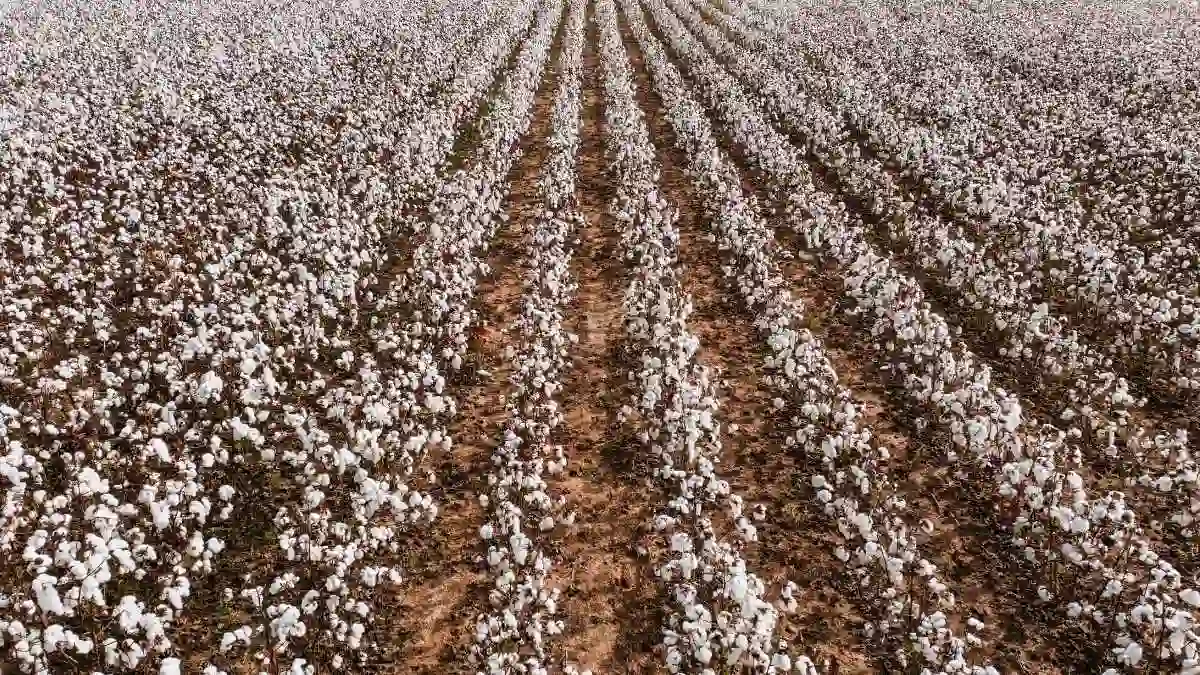
Among the professionals who venture into the wilderness to save lives, three words form a non-negotiable safety mantra: “Cotton Kills.”
This isn’t a marketing slogan or an old myth; it is a core rule of wilderness safety, taught by groups like the National Park Service, Boy Scouts, and Girl Scouts. Most importantly, it is a foundational principle for Search & Rescue (SAR) teams across the country.
These professionals see the tragic results of poor preparation and are clear in their warnings.
Vail Mountain Rescue Group states it plainly on their safety tips page: “Cotton holds moisture and even on summer days can lead to hypothermia. Cotton Kills!!!”.
Superior SAR explains that the saying comes directly from the fabric’s total failure to keep you warm when wet, making it a “poor choice” in cold weather.
West Valley SAR, in its guide to the Ten Essentials, warns that clothing “should not be made of cotton, which robs you of heat when wet and increases the risk of hypothermia”.
The seriousness of this warning is proven by the fact that it applies not only to the public but to the rescuers themselves. Many SAR organizations ban their own members from wearing cotton clothing during missions.
This changes the advice from a helpful suggestion to a professional safety rule. A rescuer’s ability to do their job, and their own survival, depends on their gear working perfectly in the worst conditions.
A SAR member who gets hypothermia because of their own clothing would not only put themselves in danger but also risk the entire rescue.
This internal policy provides a powerful point of reference. If the highly trained professionals who go into storms to save the unprepared are forbidden from wearing cotton because the risk is too high for them, then it is certainly too dangerous for the average hiker.
This reframes the issue from one of comfort to one of professional-grade risk assessment. The choice to avoid cotton is a choice to adopt the same safety standards as the experts on the front lines of wilderness emergencies.
The Silent Threat: How Wet Cotton Leads to Hypothermia
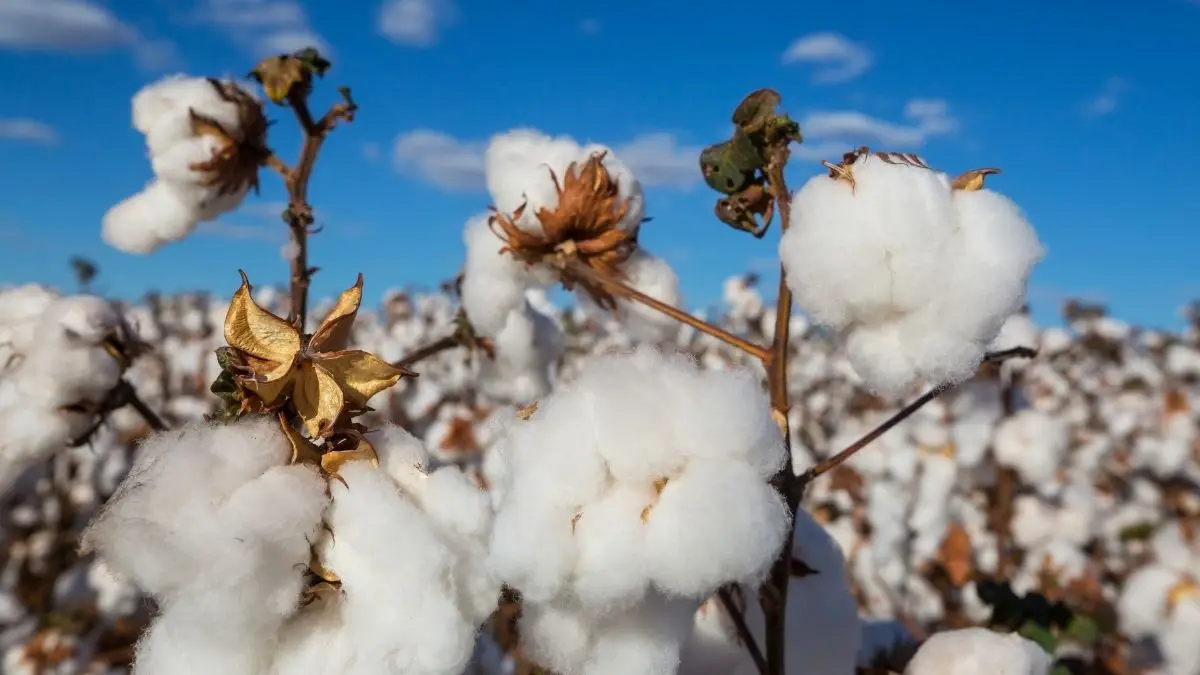
Hypothermia is not just “getting very cold.” It is a medical emergency where your body loses heat faster than it can make it, causing your core body temperature to drop below 95°F ($35^\circ C$).
For a hiker in a wet cotton t-shirt, the path to this emergency is direct: the soaked cotton starts rapid heat loss, which causes the core body temperature to drop, leading straight to hypothermia.
A common and dangerous myth is that hypothermia is only a risk in freezing, snowy conditions. In reality, it often happens in temperatures well above freezing, even as high as 50-60°F ($10-15^\circ C$), especially when wetness is combined with wind.
This is why a summer afternoon shower or a sweaty climb followed by a breezy rest stop can become a life-threatening event for someone dressed in cotton.
The files of SAR teams contain tragic, real-world examples that serve as stark warnings.
Susan Clements, Great Smoky Mountains National Park:
In September 2018, 54-year-old Susan Clements went missing on a popular trail. Temperatures dropped into the 40s with rain and wind. Her body was found seven days later.
The official cause of death was hypothermia. Her only protection was a cheap gift shop poncho. This incident is a “textbook case” of fatal hypothermia, showing how quickly conditions can turn deadly on even the most popular trails when a person is unprepared.
Hua Davis, Adirondack Mountains:
61-year-old Hua Davis, an experienced and fit hiker, died from hypothermia during a hike. The county coroner was clear, stating she “was not dressed properly.” She was wearing sneakers and fleece sweatpants that had become soaked.
Rangers who tracked her path noted that it became “extremely erratic,” a classic sign of the confusion caused by advancing hypothermia.
These cases show the most dangerous part of hypothermia: its effect on the brain. As the core temperature drops, judgment becomes impaired.
The victim may become confused and unable to do simple things like put on a dry layer or find shelter.
The erratic path of Hua Davis shows she was no longer capable of saving herself. In this state, the initial clothing choice is not just a source of discomfort; it becomes the trigger for a mental trap that makes self-rescue impossible.
The Exception That Proves the Rule: When Is Cotton Acceptable?
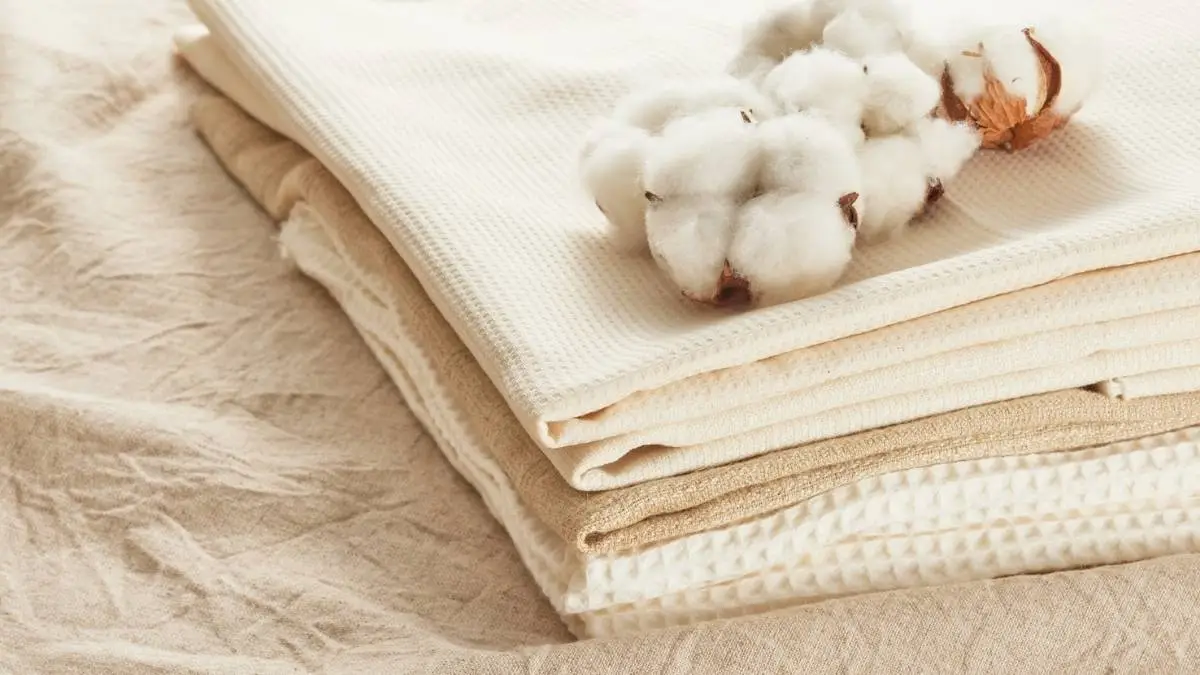
After such stark warnings, it may be surprising to learn there is one specific scenario where outdoor experts actually recommend cotton.
To provide a complete and credible picture, it is important to know that the “cotton kills” rule, while vital for most hiking, is not absolute. There is one specific environment where cotton’s properties can be a benefit: hot, dry desert conditions.
The National Park Service, in its guide for hiking the Grand Canyon, recommends wearing clothing that holds water well, noting that “cotton is great in the desert!”.
This advice, which seems to go against everything else, is based on the same science that makes cotton so dangerous elsewhere.
In the extreme heat and low humidity of a desert, the main threat is heatstroke, not cold. In this environment, cotton’s ability to hold a lot of water becomes helpful. A hiker can soak a cotton t-shirt in water.
The fabric holds this moisture against the skin, and as the water evaporates in the dry air, it creates a powerful cooling effect, pulling heat away from the body.
This exception confirms the underlying physics. In every situation, cotton’s main feature is its ability to help transfer heat.
- In a cold, wet mountain environment, the goal is to prevent heat from leaving your body. Wet cotton speeds up this heat loss, causing hypothermia.
- In a hot, dry desert environment, the goal is to promote heat transfer away from your body to prevent overheating. Wet cotton, through evaporation, speeds up this heat transfer, providing cooling.
This exception comes with strict limits:
- Hot AND Dry Only: This technique is a disaster in hot, humid climates (like the southeastern U.S. in summer), where the air is already full of moisture and sweat can’t evaporate.
- No Risk of Temperature Drops: The desert is known for big temperature swings. A wet cotton shirt that provides cooling at 2 PM can become a severe hypothermia risk as soon as the sun sets. This strategy is for daytime use only, and you must have a dry change of non-cotton clothing for the evening.
The Modern Solution: Building a Fail-Safe Layering System for 2025
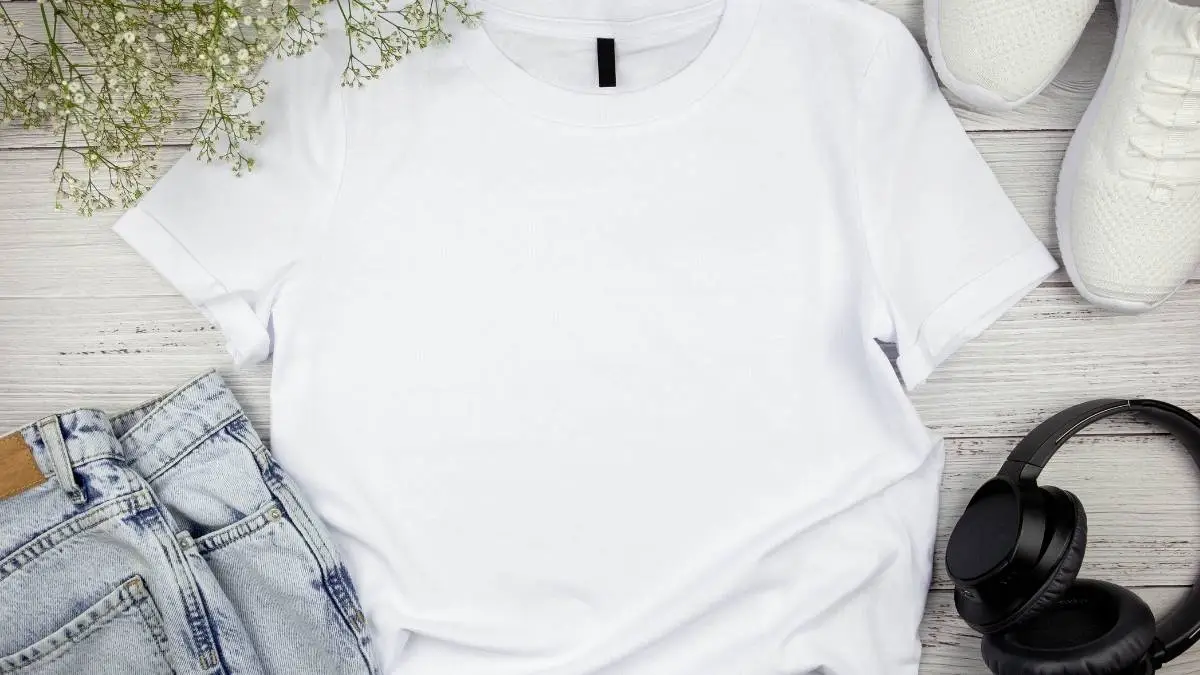
The key to safety isn’t finding one perfect jacket, but using a versatile system. The modern layering system is your personal thermostat, allowing you to adapt to any condition the trail throws at you. The system is built on three functional layers.
The Base Layer (Moisture Management):
Worn next to your skin, this layer’s only job is to wick sweat away from your body to keep you dry.
This is the most critical layer for preventing heat loss. It should fit snugly. The best hiking fabrics for 2025 include Merino Wool and synthetics like polyester or nylon. This is where cotton fails completely, as it does the exact opposite of wicking.
The Mid-Layer (Insulation):
This layer traps your body heat, creating a pocket of warm air. This is your warmth layer. You add it during rest stops or in cold conditions and take it off when you’re working hard.
Great choices include polyester fleece jackets or “puffy” jackets with down or synthetic fill. Avoid cotton sweatshirts and hoodies.
The Outer Layer (Shell):
This layer shields you from wind and rain. A modern shell must be both waterproof and breathable, meaning it blocks rain while letting sweat vapor escape.
The layering system only works if you use it actively. A good mantra is, “Be bold, start cold”.
This means starting your hike feeling a little cool, because you know you’ll warm up once you start moving. Add and remove layers often to keep from sweating through your base layer.
A common mistake is waiting until you are already cold to add a layer. A better practice is to put on an insulating mid-layer at every rest stop to trap the heat you’ve built up.
A cotton base layer short-circuits the entire system at its most crucial point. It holds moisture against your skin, rendering the whole system ineffective and dangerous.
Gear Up: Your Guide to Cotton-Free Performance Fabrics
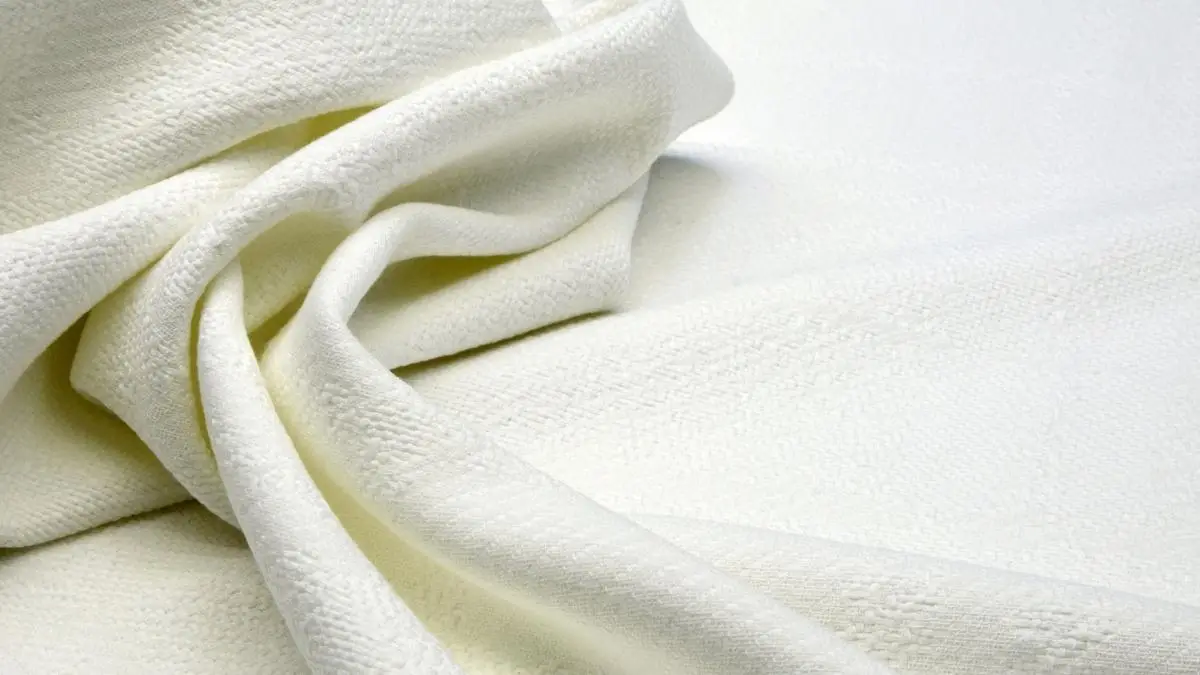
Convinced it’s time to ditch the cotton? The good news is that the alternatives are better and more accessible than ever. Your choice will mainly come down to two high-performance champions: Merino wool and synthetics.
Merino Wool
Merino wool is a natural fiber from Merino sheep, known for its fine, soft, non-itchy feel.
- Pros: Its greatest strength is its ability to keep you warm even when wet. It is also naturally antimicrobial, meaning it resists body odor, making it great for multi-day trips.
- Cons: Merino wool is usually more expensive and less durable than synthetics. It also takes longer to dry.
- Best For: Stop-and-go activities in cool to cold weather and for multi-day trips.29
Synthetics (Polyester, Nylon)
These engineered fabrics are the workhorses of the outdoor industry.
- Pros: Synthetics are excellent at wicking moisture and dry very fast. They are also highly durable and more affordable than wool.
- Cons: They can hold on to odors, though many are now treated to help with this. They are also made from petroleum.
- Best For: High-effort activities like trail running where managing sweat is the main goal. They are also a great choice for a tighter budget.
This “no cotton” rule applies to everything, including underwear, sports bras, and especially socks. Cotton socks are a primary cause of blisters because they trap moisture and increase friction.
Fabric Performance Matrix: At-a-Glance Comparison
To make the choice even clearer, here is a side-by-side comparison of how these fabrics stack up.
| Feature | Cotton | Merino Wool | Synthetics (Polyester/Nylon) |
| Insulation When Wet | Poor (Loses 90-95% of insulation) | Excellent (Retains warmth) | Fair (Better than cotton, not as good as wool) |
| Moisture Wicking | Poor (Absorbs moisture) | Good (Wicks well, but slowly) | Excellent (Wicks very fast) |
| Drying Speed | Very Slow | Slow to Moderate | Very Fast |
| Odor Resistance | Fair | Excellent (Naturally antimicrobial) | Poor (Can retain odors unless treated) |
| Durability | Good (when dry) | Fair to Good (Can be delicate) | Excellent (Very durable and abrasion-resistant) |
| Cost (for 2025) | Low | High | Low to Moderate |
| Best Use Case | Hot, DRY desert conditions ONLY | Cool/cold weather, multi-day trips | High-output activities, warm/humid weather, budget choice |

